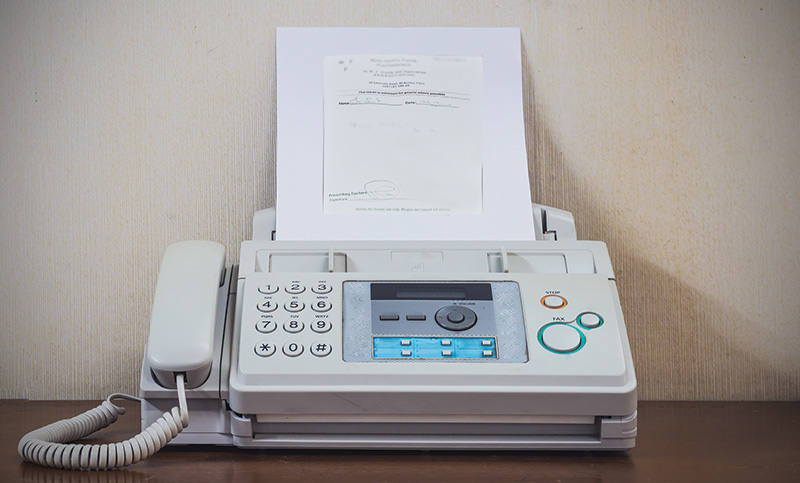Practice Insight explores incidents reported to the College that present learning opportunities for pharmacists and pharmacy technicians. This close up on a complaint highlighted below encourages registrants to reflect on when and how they recognize and respond to red flags in practice.
A MISSED MEDICATION ON HOSPITAL DISCHARGE RESULTS IN PATIENT HARM
A community pharmacist received a faxed hospital discharge prescription, which was quite faded, for an older patient. The patient’s daughter attended the pharmacy to pick up the prescription without the original prescription; she also wanted to wait for the compliance pack instead of having it delivered later. The prescription had a list of 30 medications, including discontinuations, additions and dose changes. The pharmacist failed to add one of the medications to the patient’s compliance aid. As a result of not receiving the medication, the patient was readmitted to hospital and experienced serious consequences to their health.
OUTCOME FROM THE INQUIRIES, COMPLAINTS AND REPORTS COMMITTEE
Upon reviewing the complaint, a panel of the College’s Inquiries, Complaints and Reports Committee noted that the pharmacist in this case did not pay sufficient attention to ensure accurate dispensing in a situation where both the patient’s age and complex medication regime can be considered red flags.
While the panel recognized that the faxed prescription itself was in poor quality, they noted that it was essential for the pharmacist to have taken the appropriate amount of time to diligently and accurately fill the discharge prescription. The panel emphasized that the primary responsibility of the pharmacist is to the safety of the patient. Therefore, the checking process for any prescription must always be performed regardless of time constraints, such as the patient or their agent waiting onsite, and that complex discharge prescriptions require additional diligence. In addition, the panel noted that patients who receive medications in compliance packaging trust the pharmacist to help them manage the drug therapy prescribed by the physician.
In this case, the pharmacist apologized to the patient, and identified strategies to implement in the pharmacy to avoid repeating the incident.
The panel required the pharmacist to complete specified remediation, namely a workshop on medication safety, in addition to issuing an Oral Caution to remind the pharmacist of the importance of taking extra care when preparing compliance packs.

LEARNINGS FOR PHARMACY PROFESSIONALS
Pharmacists and pharmacy technicians have a professional responsibility to take all measures to ensure that the right medication is dispensed to the right patient in the right dose with the correct instructions as intended by the prescriber. The Standards of Practice specifically require that pharmacists apply their medication use expertise to ensure patients receive the appropriate therapy.
The Code of Ethics requires that pharmacy professionals must be diligent in identifying and responding to red flag situations that present in practice. Seniors, especially those with complex medication regimens, should be considered red flag or particularly vulnerable patients and proper attention must be provided as potential serious outcomes could occur in this population.
Transitions of care from one setting to another (in this case, from hospital to home) can present risks to patients and require appropriate quality assurance mechanisms in place to prevent harm. See the Pharmacy Connection article “Coroner’s Inquest into the Death of an Elderly Patient Attributed to Medication Error During Care Transition” for a discussion of specific recommendations for pharmacy professionals.
If a prescription is unclear, pharmacy professionals must be diligent in ensuring they have enough information to safely prepare and/or dispense the prescription, which may include taking more time to complete the prescription and/or seeking additional information from the prescriber. Even if a patient requires a medication immediately, pharmacists may consider options such as dispensing a small amount of necessary medications until the full prescription can be verified.
The College’s Guideline on Multi-Medication Compliance Aids requires that pharmacies must have policies and procedures in place, and the appropriate physical space, equipment and trained staff to ensure the safe preparation of compliance packages. This can include, as a best practice, an uninterrupted workflow when preparing and packaging the compliance aid.
The primary focus at all times must be on the well-being and best interests of the patient. Even if the patient (or their agent) is waiting for their prescription, pharmacy professionals must take the time to use their knowledge, skills and judgment to actively make decisions that provide patient-centred care and optimize the patient’s health outcomes.













